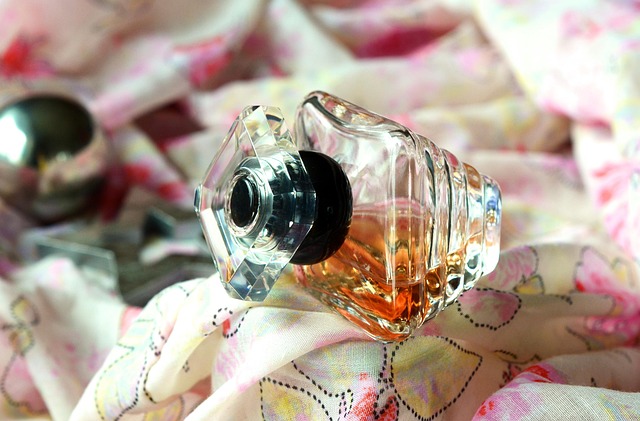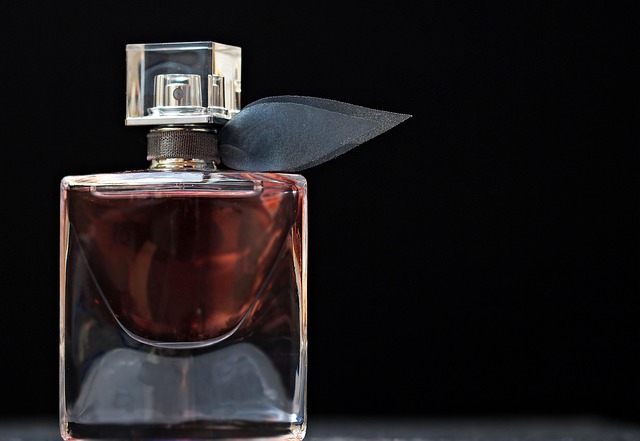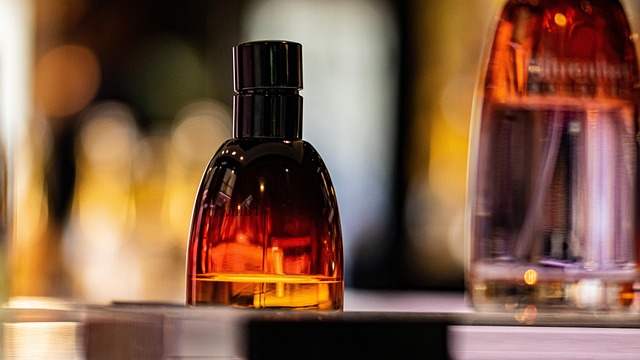Dior Perfume employs intricate packaging to convey exclusivity and justify its premium price point, using elegant designs and high-quality materials to appeal to consumers' aspirational luxury sense. Visual aesthetics significantly impact consumer expectations regarding pricing, with elaborate packaging signaling higher value. Brand perception is shaped by the interplay of packaging, pricing, and consumer psychology, allowing Dior to target specific audiences through strategic design choices that balance exclusivity and accessibility.
Does packaging influence how we perceive a product’s price? In today’s competitive market, where brands strive to stand out, understanding consumer psychology behind pricing and design choices is crucial. This article explores the intricate relationship between packaging and price point, using Dior perfume as a luxury brand case study. From visual aesthetics to consumer perception, we delve into the strategies that shape our buying decisions, uncovering the hidden power of well-crafted packaging.
- Understanding Consumer Perception of Price and Packaging
- Dior Perfume: A Luxury Brand's Packaging Strategy
- The Role of Visual Aesthetics in Setting Price Expectations
- Unpacking the Psychology Behind Pricing and Design Choices
Understanding Consumer Perception of Price and Packaging
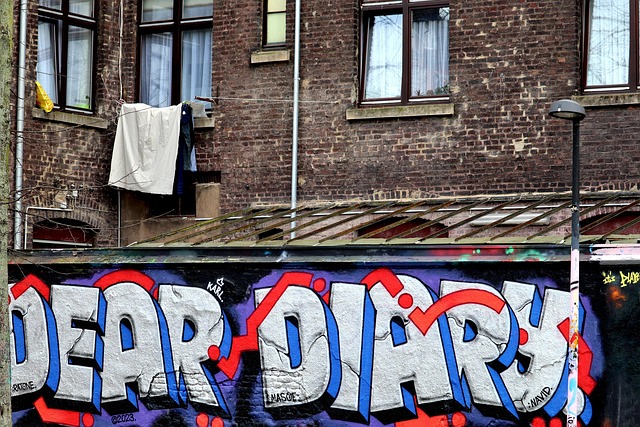
Understanding consumer perception of price and packaging is a delicate balance for any brand, especially when it comes to luxury goods like Dior Perfume. The way an item is presented can significantly influence how consumers perceive its value. For example, a well-designed, elegant bottle of Dior Cologne, with sophisticated packaging, may cause customers to associate a higher price point due to the perceived craftsmanship and exclusivity. On the other hand, over-the-top or overly complex packaging could lead to confusion or even deter buyers who subconsciously equate simplicity with affordability.
This dynamic is particularly relevant in the luxury market, where brands like Dior strive to create an aspirational image. A consumer’s perception of value isn’t solely based on the product inside; it’s also shaped by what they see and touch. For instance, a premium-feeling box, high-quality materials used for packaging, or unique designs can elevate the overall experience, justifying a higher price tag in the eyes of the customer. Conversely, less discerning packaging might make even the finest Dior Perfume seem ordinary, regardless of its quality.
Dior Perfume: A Luxury Brand's Packaging Strategy

Dior Perfume, as a luxury brand, employs an intricate packaging strategy that directly reflects its price point. The flacons are meticulously designed, often featuring elegant curves, precious materials, and intricate detailing. These aesthetics not only catch the eye but also convey a sense of exclusivity and sophistication, justifying the high cost associated with Dior fragrances. The brand understands that the visual appeal of its packaging is integral to the overall luxury experience, ensuring that each perfume becomes a desirable collectible.
Furthermore, Dior’s choice of materials and craftsmanship adds to the premium feel. Limited-edition releases or special collections may incorporate rare elements like gold or silver accents, further elevating the perceived value. This strategic approach is also evident in their marketing campaigns, where stunning visuals showcasing the perfumes on elegant displays reinforce the brand’s luxury positioning. The same packaging strategy can be observed with Dior Cologne, albeit with a slightly different aesthetic tailored to appeal to a broader range of consumers while still maintaining that air of sophistication.
The Role of Visual Aesthetics in Setting Price Expectations

The visual aesthetics of a product’s packaging plays a significant role in shaping consumers’ expectations about its price point. When it comes to luxury goods, such as Dior Perfume, the design and presentation can subtly communicate the perceived value of the item. Elaborate, intricate, and aesthetically pleasing packaging tends to evoke a sense of exclusivity and sophistication, suggesting a higher price range. For instance, a elegant glass bottle with ornate labeling and a luxurious box may make consumers anticipate a premium experience and be willing to pay a correspondingly higher amount.
This principle extends to other high-end products like Dior Cologne as well. The visual cues on the packaging, such as high-quality materials, precise craftsmanship, and attention to detail, all contribute to creating an impression of luxury and exclusivity. These visual aesthetics not only influence how consumers perceive the product’s value but also shape their willingness to purchase at a particular price point. Thus, for brands aiming to position themselves in the premium market, investing in visually appealing packaging can be a strategic move to effectively communicate and justify their pricing strategy.
Unpacking the Psychology Behind Pricing and Design Choices
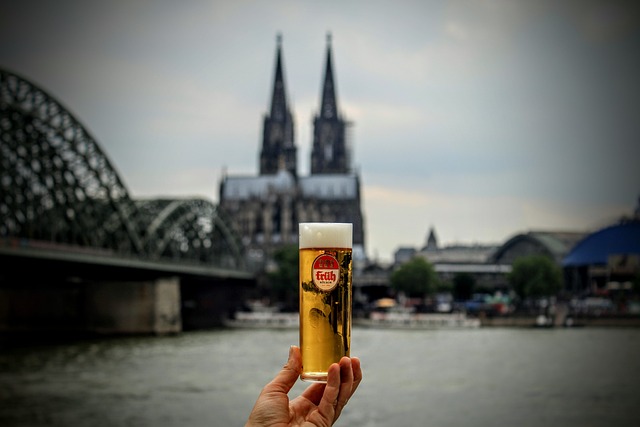
The relationship between packaging, pricing, and consumer perception is a fascinating psychological dance. When it comes to luxury goods like Dior Perfume or Dior Cologne, the design choices in packaging can significantly influence how customers interpret the product’s value. A sleek, elegant bottle with intricate detailing may suggest a premium price point, evoking feelings of exclusivity and sophistication. This strategy leverages the power of visual cues to create an aspirational association between the brand and a higher cost.
On the other hand, for more moderately priced items, simplicity or unique, playful elements in packaging can convey affordability without compromising desirability. For instance, while Dior Perfume might opt for classic, timeless packaging to appeal to a wider audience and justify a premium, Dior Cologne could experiment with bolder designs and color schemes to target a younger demographic, signaling a more accessible price range. Understanding these nuances is essential for brands aiming to effectively communicate their positioning and attract the right consumer base.

